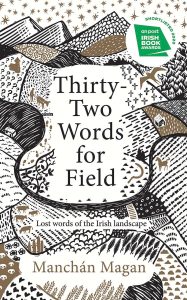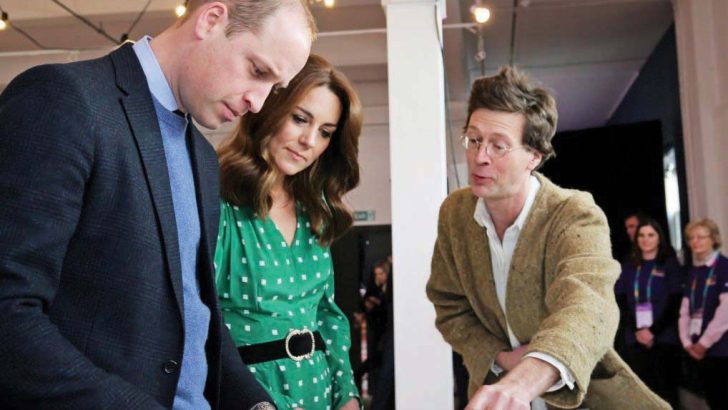Thirty-Two Words for Field: Lost Words of the Irish Landscape Manchán Magan (Gill Books, €19.99)
To the country folk of Ireland even smallest piece of land is important, and today as in the past can give rise to bitter conflict. Witness J. B. Keane’s classic play The Field.
This attitude often carries into the city. I know a Dubliner of rural descent who defied his neighbour over three square feet of garden, when the man next door wished to shift the wall between them for his own convenience, determined to stick to the long established boundary line; and he carried the day.
This is a fascinating book, with many new insights into the Irish love and deep knowledge of land. The author begins by disclosing that there are no less than 32 Irish words for field. Among them are: Geamhar- a field of corn grass; Tuar – a field for cattle at night; Reidhleán – a field for games or dancing; Catherín – a field with a fairy-dwelling in it. He insists that every Irish word has layers of wisdom and insight encoded in it which allows one to delve into the secrets of the landscape of our island. In 45 chapters he ruminates on a tsunami of Irish words which describe every aspect of Irish reality: the physical world, the animal world, the human world and the spiritual world.

Immersed from his earliest years in the folklore and story-telling of the Kerry Gaeltacht, he recalls some of the legends and myths of Ireland’s pre-history. These were preserved in the oral tradition and passed down through generations in the minds of druids and poets until the arrival of the written word in the fifth century. They were then picked up and relayed until the 17th century by the annals and chronicles crafted by Ireland’s first missionaries. Manchán highlights the vital role of the Irish language as the handmaid in that cultural process.
The annals are like our newspaper headlines, noting the most significant events. They claim that our oldest ancestors arrived on the island in 700 BC, having sailed here from Spain. Archaeologists, however, suggest a much, much earlier date. According to the old lore Amergin, a poet and a druid, was the leader of the first occupants of the island. And it is said that he managed to reach the coast of Co. Kerry because of a magical wave that plucked him from the Atlantic Ocean and dropped him on the shore during a storm!
Monograph
While this monograph is first and foremost a thesaurus of Irish words, it also reads like an autobiography. Manchán is descended from the truly remarkable O’Rathaille family. He is the great-great-great-great grandnephew of Aodhagán Ó Rathaille, the renowned poet, noted for his satires on those responsible for ending the Gaelic Lordships. More to the point he is the grandson of Sighle Humphreys, niece of Michael O’Rahilly who called himself ‘The O’Rahilly’ – one of the icons of the Easter Rising in 1916. The O’Rahilly was consumed with a passion for his country, its language and its culture. This he passed on to his extended family and close associates.
No one was more receptive of The O’Rahilly’s idealism and patriotism than his niece, Sighle Humphreys. Throughout her life she remained totally committed to the idyll of the Easter Rising. She was Manchán’s grandmother and from his earliest years shared with him her comprehensive knowledge and love of Irish. She saw to it that he attended an Irish-speaking school, spent quality time each year in the Kerry Gaeltacht and was infused with an awareness of the patriotism (tír ghrá) and heroism of his great grand uncle.
Champion
Not surprisingly, Manchán as a writer and documentary-maker has been a champion of the Irish language and Irish culture. With regret he notes the decline in the number of people speaking Irish, the demise of Irish words and even the possible extinction of the Irish language. And in an emotional farewell, which deserves a practical response from those of us who can but do not speak Irish, he writes: “The richness of a language closely tied to the national landscape offered our ancestors a more magical way of seeing the world. Before we lose their unique knowledge, let us consider the sublime beauty and profound oddness of the ancient tongue that has been spoken on this island for over 2,000 years.”


 Author Manchán Mangan explains the richness of Irish place names to the Prince of Wales and his wife.
Author Manchán Mangan explains the richness of Irish place names to the Prince of Wales and his wife. 